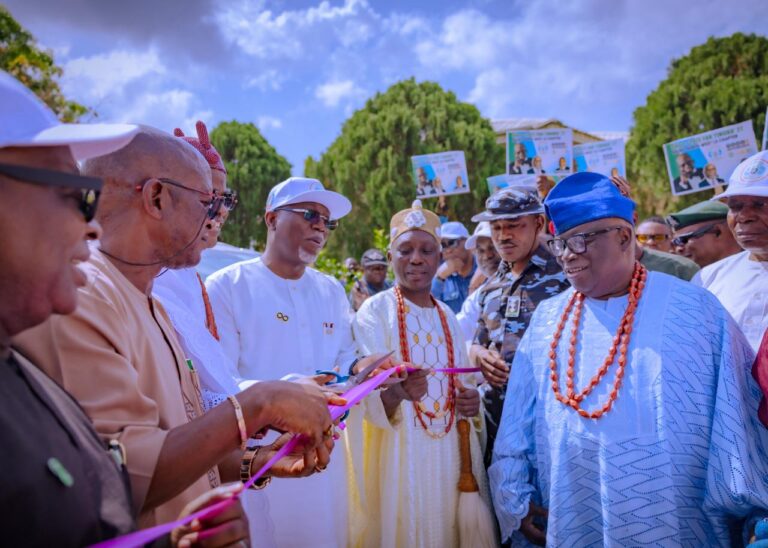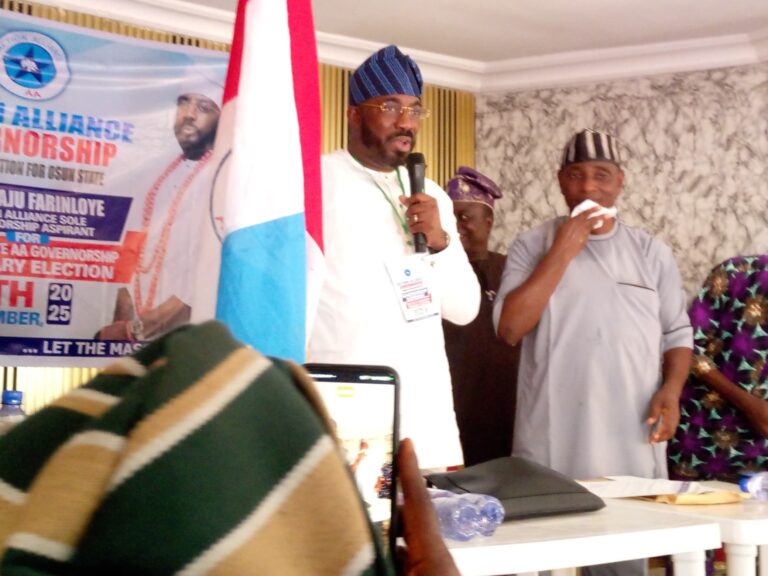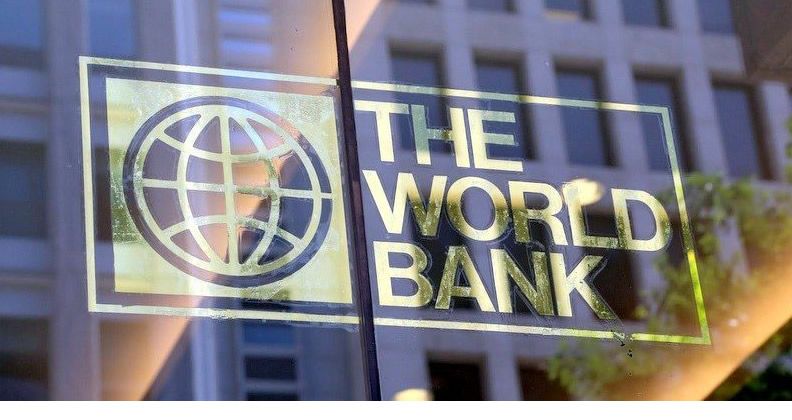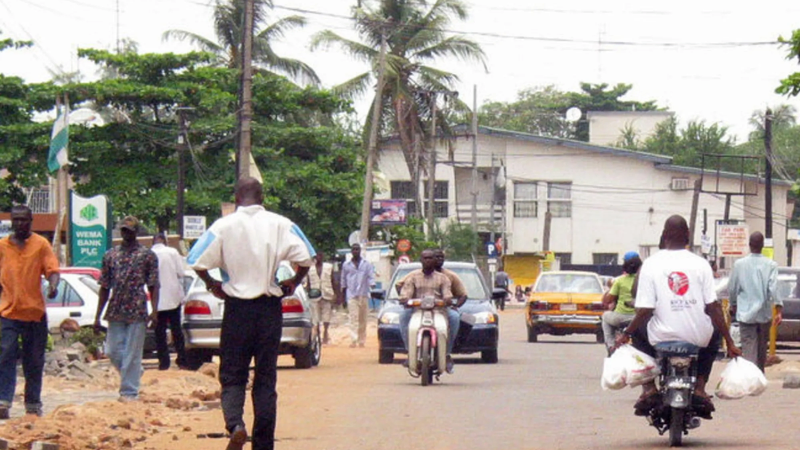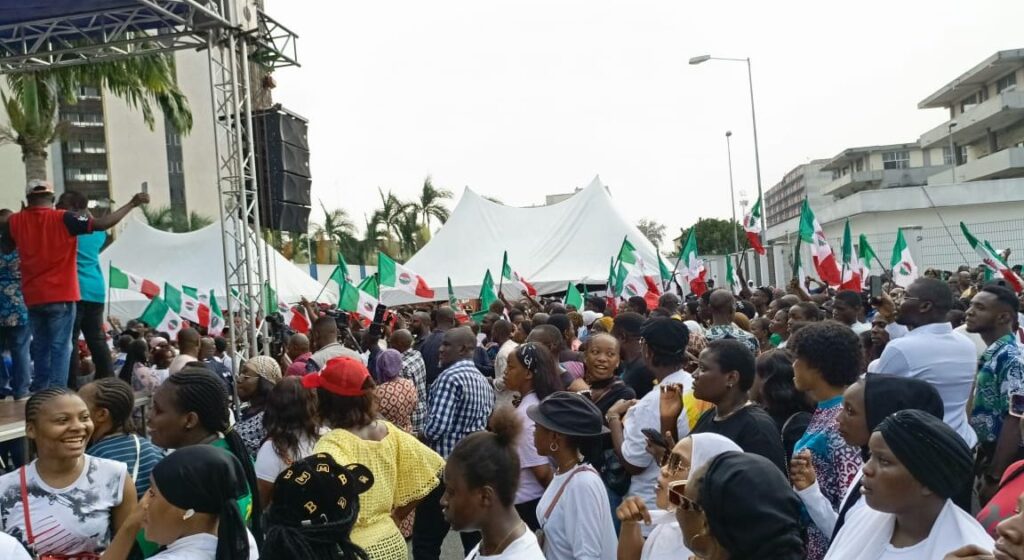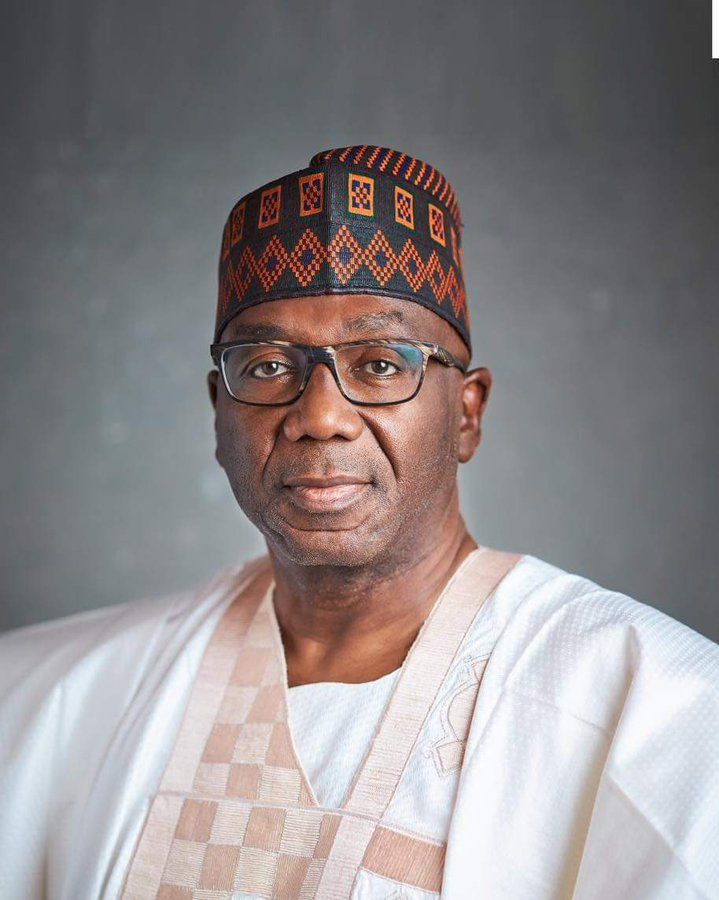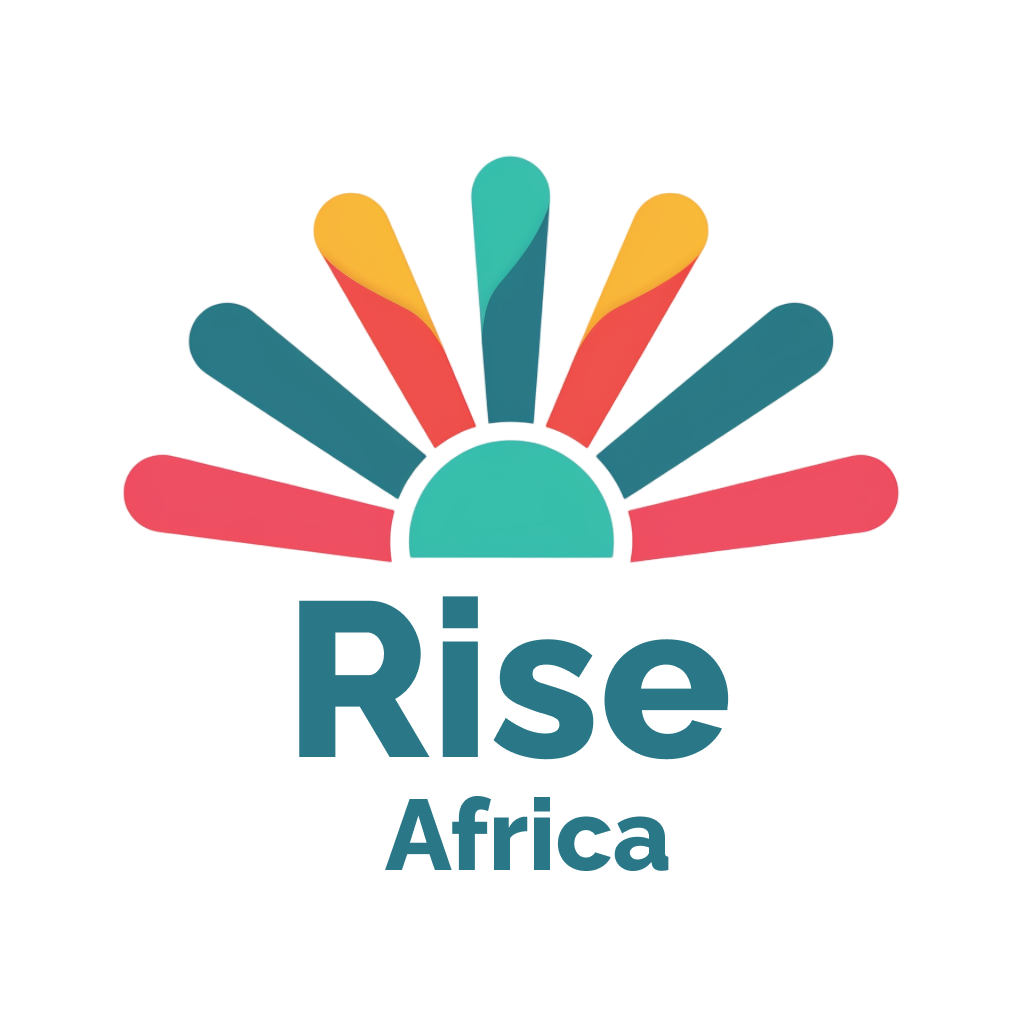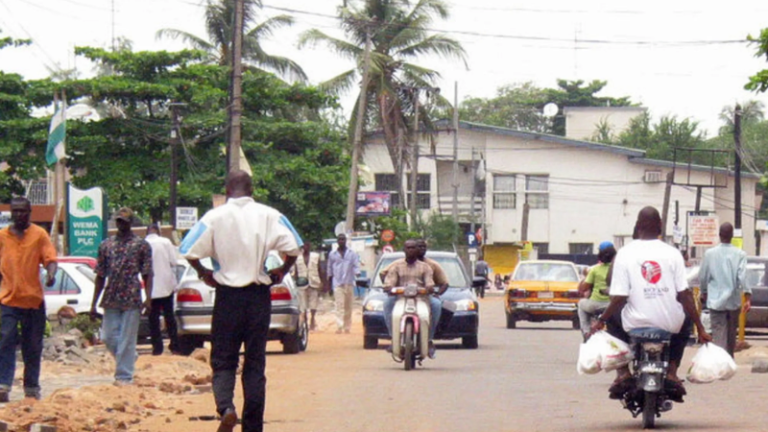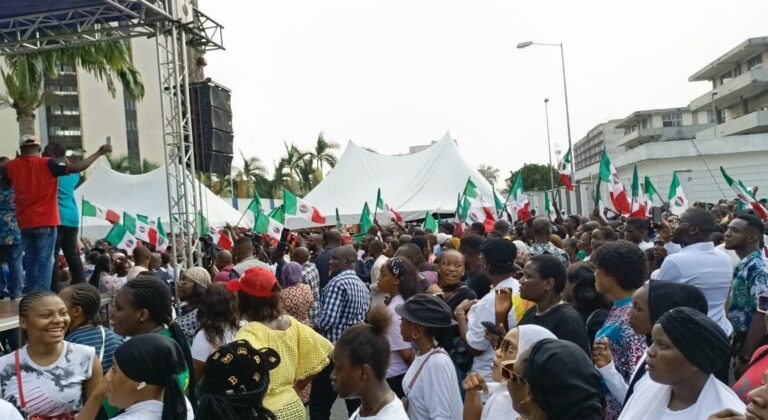The World Bank has approved $500 million in concessional financing for the Rural Access Agricultural Marketing Project-Scale Up (RAAMP-SU), aimed at improving Nigeria’s rural road infrastructure.
In a statement, the World Bank said this financing, alongside an additional $100 million contribution from the Nigerian government, will help address the pressing infrastructure challenges faced by rural communities across the country.
The statement said: “The World Bank has approved $500 million in concessional financing for the Rural Access Agricultural Marketing Project- Scale Up (RAAMP-SU) in Nigeria, the Government of Nigeria will finance an additional $100 million towards the project.
This program aims to improve sustainability in the rural road sector by supporting states in establishing and operationalizing State Road Funds (SRF) and State Rural Access Roads Agency (RARA) and equipping the states and the Ministry of Agriculture to create a culture of maintenance and long-term infrastructure planning.” It added: “Currently, 80% of Nigeria’s road network is in poor condition.
This inadequate infrastructure hampers the country’s development and is further compounded by insufficient funding and climate change impacts such as high temperatures and increased rainfall, which damage roads.
Addressing these issues through road infrastructure improvements will reinforce economic and social inclusion of beneficiary communities by increasing access to agricultural markets, social services and jobs nationwide.”
According to the statement, the programme aims to rehabilitate, upgrade, and maintain 6,500 kilometers of rural roads through the newly created State institutions, provide technical implementation support, and promote social inclusion and gender equality, benefiting around four million rural residents.
Key beneficiaries of the programme include farmers, transport operators, market participants, and rural communities who rely on rural roads for daily activities. In addition, the programme will also improve women’s access to healthcare and labor market participation.
